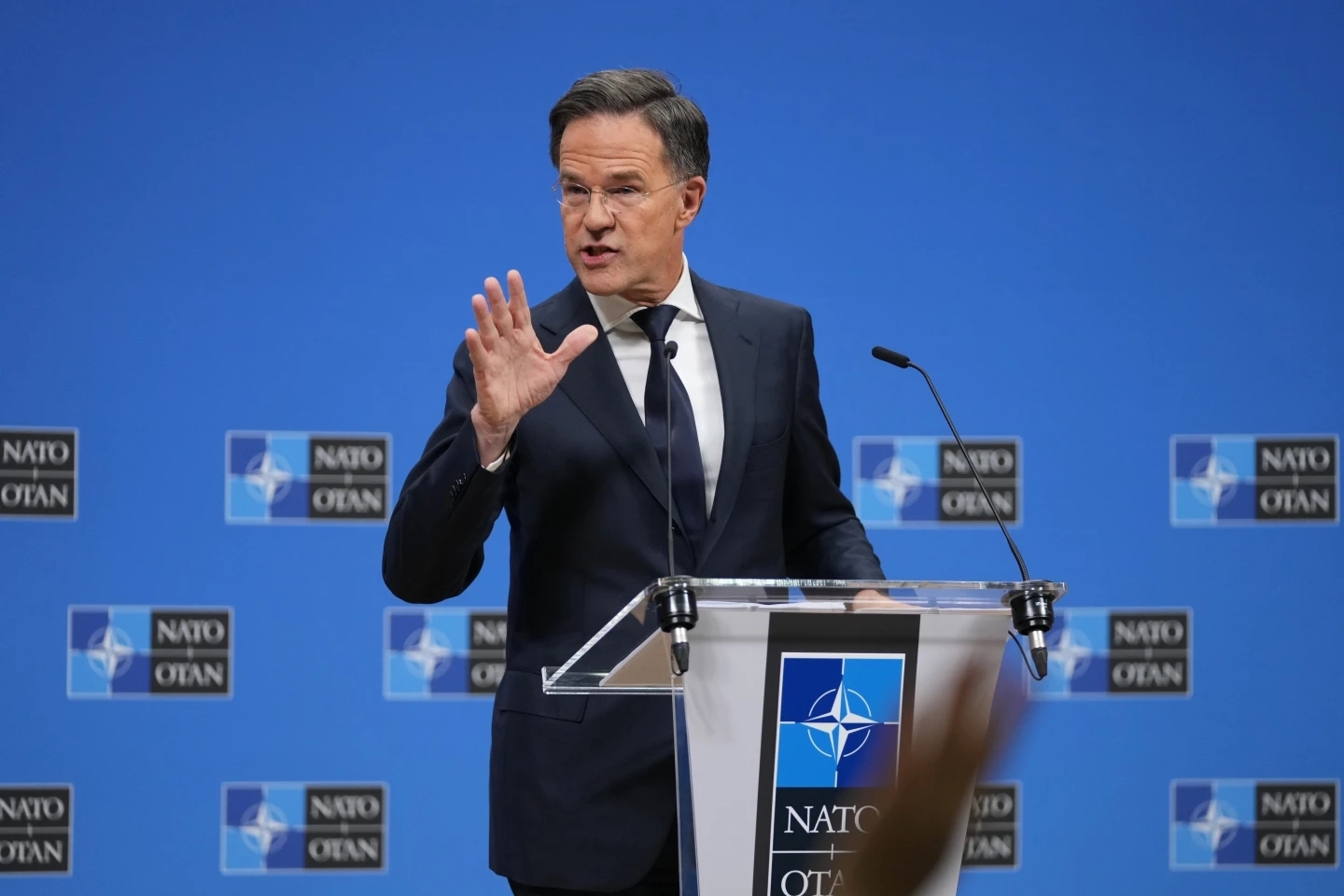
Since taking office, the Trump administration has made cutting federal spending and optimizing budget allocation its core goals, and its policy direction has gradually extended from traditional fields to the technology industry. Recently, as the review of federal contractors has entered a new stage, technology giants have become the focus of a new round of cuts. From reviewing the rationality of contracts to significantly reducing scientific research budgets, the Trump administration's measures are profoundly affecting the ecology of the US technology industry.
The Trump administration is becoming more radical in its path to cutting spending. According to the US General Services Administration (GSA), it has sent letters to more than a dozen technology companies including Dell and CDW, asking executives to prove the necessity of the project and find areas for cuts. Behind this move is the government's accusation of "excessive markups" in federal IT spending - the US's $82 billion annual IT investment has led to cost inflation due to complex procurement processes, and technology companies, as core contractors, naturally become the primary target of cost-cutting. At the same time, the government budget proposal continues to compress non-defense discretionary spending, and the research budgets of the Environmental Protection Agency, the Department of Energy, NOAA and other institutions have been significantly cut. For example, the budget of the Science and Technology Department of the Environmental Protection Agency was cut by 37%, and the renewable energy plan of the Department of Energy was cut by $2.5 billion.
The cuts are not blind contractions, but serve the strategic shift of the Trump administration. After withdrawing from the Paris Agreement, the government drastically cut funding for climate and renewable energy projects and instead invested resources in traditional energy and the "Interstellar Project". The "Stargate" project, in which OpenAI, Oracle and other companies participated, received an investment of $500 billion, and Mars exploration has become a new highland for scientific and technological investment. At the same time, AI and quantum information science have been listed as key support areas. While cutting the basic research budgets of multiple institutions, the White House emphasized that funds should be tilted to these two frontier directions. This "contraction-focus" strategy not only reflects the obsession with traditional energy and space hegemony, but also reflects the prediction of future trends in science and technology.
Technology companies are facing unprecedented policy pressure. IBM's financial report shows that due to government cost-cutting measures, 15 contracts have been shelved, consulting business quarterly revenue has fallen by 2%, and stock prices have fallen 7% after the market. Similar difficulties have also spread to companies such as Accenture, and federal consulting businesses have been hit by austerity policies. Not only commercial contracts are affected, but scientific research institutions and universities are also facing the risk of funding cuts: NIH budget cuts 7%, NSF cuts 6%, and basic research spending overall falls 6%. In the context of resource scarcity, companies have to adjust their strategies - IBM announced its quarterly revenue forecast for the first time, strengthening hybrid cloud and AI businesses to cope with uncertainty.
The Trump administration's logic of cuts is to "remove the redundant and retain the essence", but controversy ensues. Critics point out that cuts in scientific research in areas such as environmental protection and medical care will weaken the United States' long-term competitiveness, and concentrated investment in AI and quantum science also has the problem of risk concentration. What is more noteworthy is that policies are reshaping the ecology of the science and technology industry: traditional energy and emerging technologies form resource poles, and companies need to find a living space between government preferences and market trends. In addition, the uncertainty of government contracts has exacerbated industry fluctuations, forcing technology companies to accelerate their global layout or turn to the private market to diversify risks.
The Trump administration's cuts in the science and technology field are essentially the embodiment of its "America First" concept in science and technology policy. By restructuring budget allocation and project priorities, the government is trying to find a balance between short-term fiscal pressure and long-term technological competitiveness. However, whether this efficiency-oriented reform can truly promote the healthy development of the industry or leave hidden worries on the foundation of innovation remains to be seen in the dynamic game between policy implementation and industrial adaptation. For technology companies, how to maintain resilience in the policy hurricane will be the key to determining their future fate.

NATO Secretary General Mark Rutte ignored new concerns from the United States about its commitment to the military organization on Tuesday, ahead of a meeting of allied foreign ministers focused on Russia's war in Ukraine.
NATO Secretary General Mark Rutte ignored new concerns from…
In 2025, German society is facing an unprecedented challeng…
Recently, the latest issue of the "Beige Book" released by …
On December 2, the Japanese fishing vessel 'Zuibomaru' once…
On November 28th, the Russian "Sarmat" intercontinental mis…
Major U.S. department stores are undergoing changes. Last q…